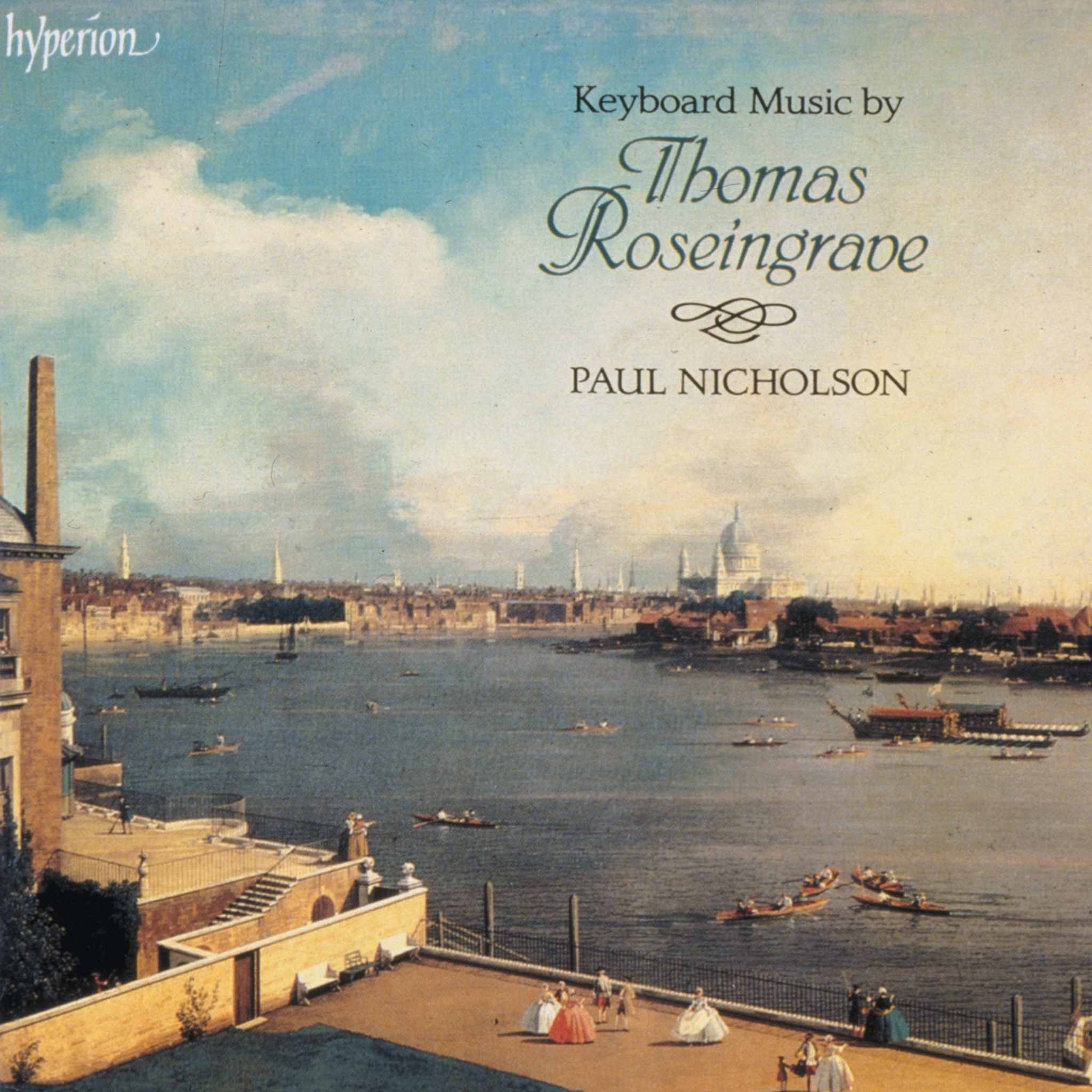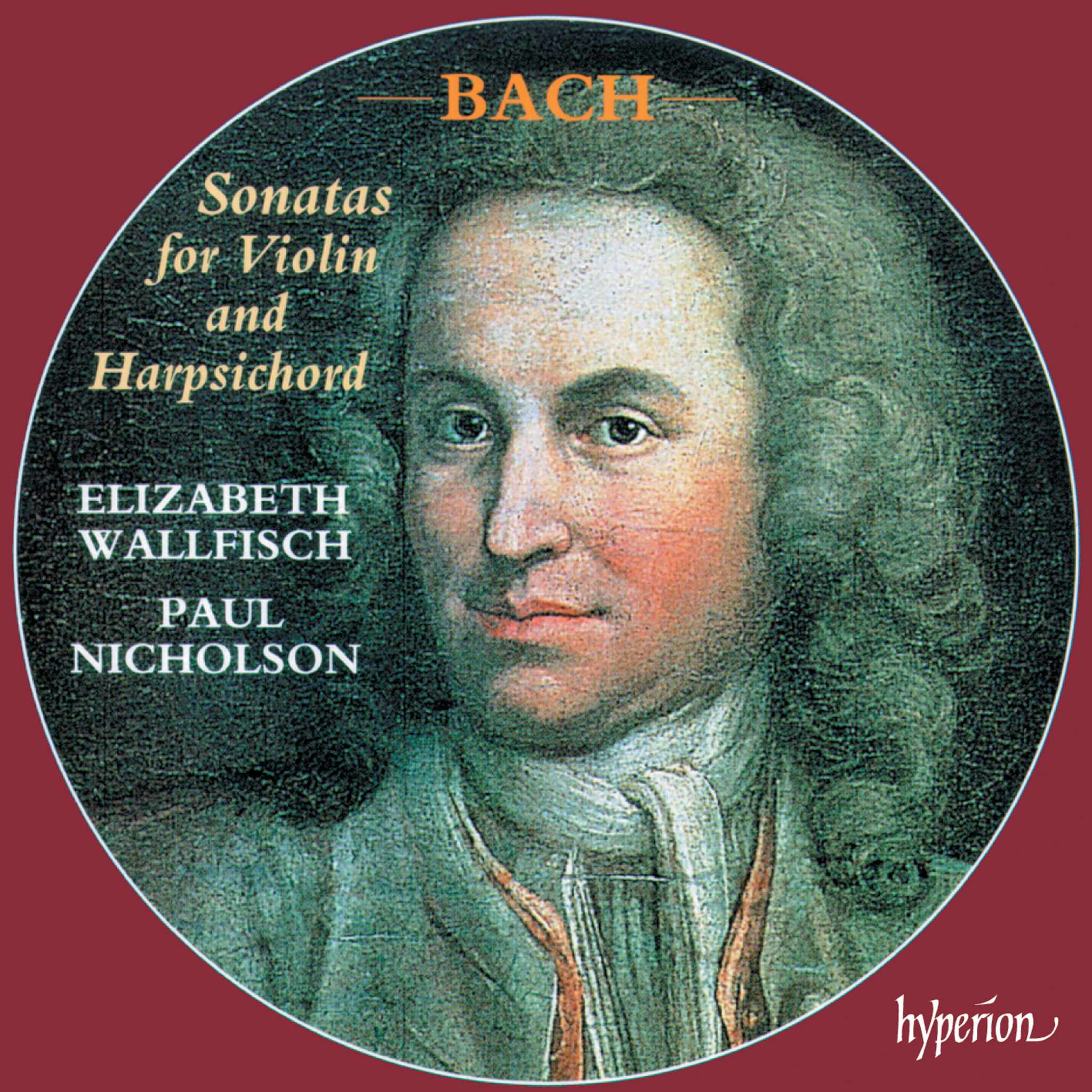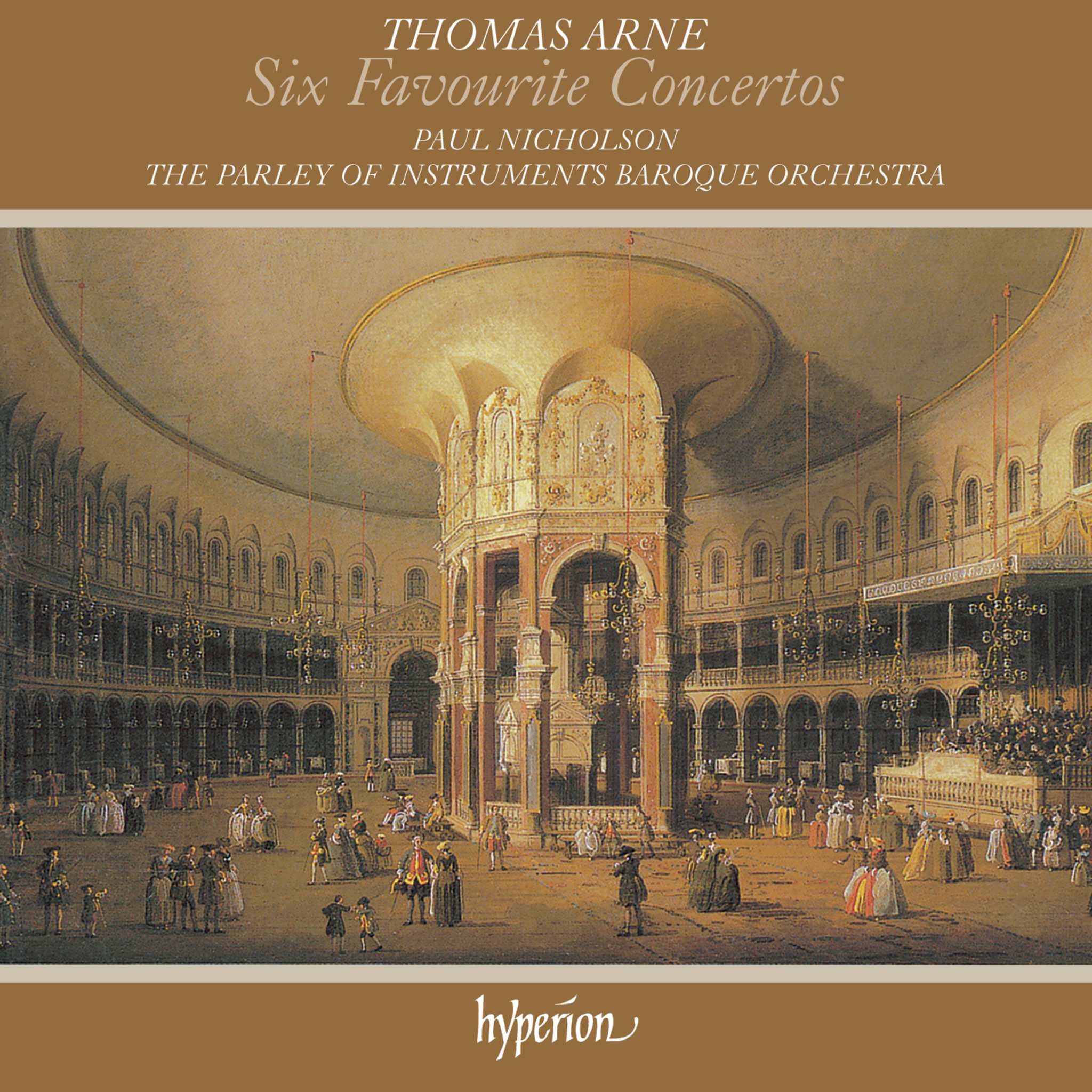Album insights
At the start of the 20th century, astonishing piano concerts like those in the style of Franz Liszt fell out of favor, except for Rachmaninov's and Prokofiev's works. In 1909, Debussy mentioned to Edgard Varèse his intention to revise his Fantaisie for piano and orchestra from 1890 to avoid a "rather ludicrous struggle" between the two figures. Taking advice from Debussy, Manuel de Falla contributed to a London performance of Debussy's Ibéria in a version for two pianos in 1911. He later expressed that Debussy's oeuvre represented the starting point of music as an emancipated art after Debussy's death in 1918.
De Falla began his Nights in Spanish Gardens in 1909 with Debussy’s music in mind, aiming for orchestration with whole-tone harmonies and the original title Nocturnes. His friendship with Ravel, founded on piano duets and participation in a musical society in 1910, had a significant influence. Spanish pianist Ricardo Viñes, who premiered works by Debussy and Ravel, suggested De Falla write his Nights for piano and orchestra, shaping the piece in his honor. The composition showcased Viñes' unique piano style—vibrant, poetic, and melodically intricate—emphasizing the piano as a decorative instrument with delicate high-register passages. The music reflected Spanish influences with variations and repetitions akin to Debussy's style.
Ravel embodied the spirit of Baudelaire's dandyism in both his attire and artistry. His meticulous manner, emphasis on artistry over convention, and refusal to conform characterized his approach. Ravel's creative process included elements of self-reflection, as seen in his works which he occasionally commented on, showcasing a unique perspective on his compositions.
During the First World War, Ravel contemplated writing a piano or cello concerto inspired by Alain-Fournier's novel "Le Grand Meaulnes," which eventually did not materialize. His later works, the Left-Hand Piano Concerto and the G-Major Piano Concerto composed simultaneously in 1930, reflected varied influences such as Liszt, Mozart, and Saint-Saëns. Ravel’s virtuosic compositions resonated with brilliance and balanced classical elements, receiving praise for their structured yet innovative styles.
Ravel's evolution as a pianist generated mixed opinions, shifting from flair in his youth to occasional inaccuracies in his mid-career performances. Friends were surprised when Ravel intended to perform his piano concertos, ultimately choosing Marguerite Long instead for the premiere of the G-Major Concerto. Wittgenstein, who performed the Left-Hand Concerto, faced criticism from Ravel for his interpretation, emphasizing the importance of accurate execution to capture the intended nuances of the composition.
Ravel's works showcased innovation and complexity, as evident in his piano concertos that blended classical traditions with jazz influences and intricate textures. The performances of these concertos highlighted Ravel's experimental yet structured approach to composing for the piano, setting a precedent for modern piano repertoire.




